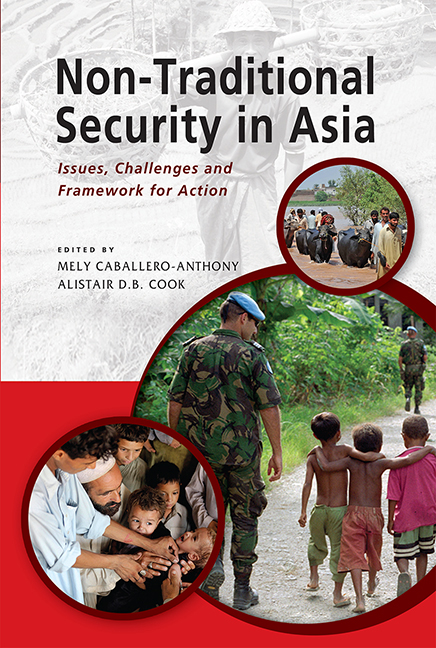7 - Forced Migration
Published online by Cambridge University Press: 21 October 2015
Summary
Since 2008 there have been numerous reports in the international media of Rohingya, a Muslim minority group from Myanmar, attempting to escape to Thailand and Malaysia, via perilous boat journeys. After being “pushed back” by Thai authorities, there was pressure on ASEAN and the Bali Process for People Smuggling, Trafficking in Persons and Related Transnational Crime, to address the root cause of statelessness. The aim of this chapter is to survey the current status of forced migration in Asia drawing on contemporary examples to illustrate the various manifestations of the concept. There is a particular focus on the issue of statelessness as it is a prevalent concern in the region, where post-colonial states have split ethnic groups across artificial borders and displaced many who are not recognized by the national government as part of the state. The first section of this chapter gives an overview at both global and regional levels and tracing the issue of statelessness, its causes and consequences. In addition, this chapter explains the significance of statelessness under international law, highlights cases in Southeast and South Asia, and concludes by reviewing the types of solutions that have potential for being effective.
Between 18 and 30 December 2008, the Royal Thai Navy pushed out to sea at least 992 Rohingyas who attempted to enter Thailand after fleeing Myanmar. TIME reported that the first group of 412 people sailed for twelve days in a contingent of two boats. The Thai navy intercepted them and moved them to a barren isle off the Thai mainland. They were later towed back to sea in a boat, which drifted for ten days and ten nights. The Indian coast guard rescued 107 of them on December 27 whereas more than 300 of them were believed to have drowned. Another group of 580, arrested around December 30, was put into four boats whose engines were removed, then towed together and abandoned at sea. Of this group, one boat with 193 onboard was rescued in Indonesia's Sabang Island in Aceh on January 7, and another boat with 150 onboard was rescued in Tillanchang Island, Andaman and Nicobar of India, on January 10. Two boats with a total of 237 people are reportedly missing.
- Type
- Chapter
- Information
- Non-Traditional Security in AsiaIssues, Challenges and Framework for Action, pp. 158 - 204Publisher: ISEAS–Yusof Ishak InstitutePrint publication year: 2013



